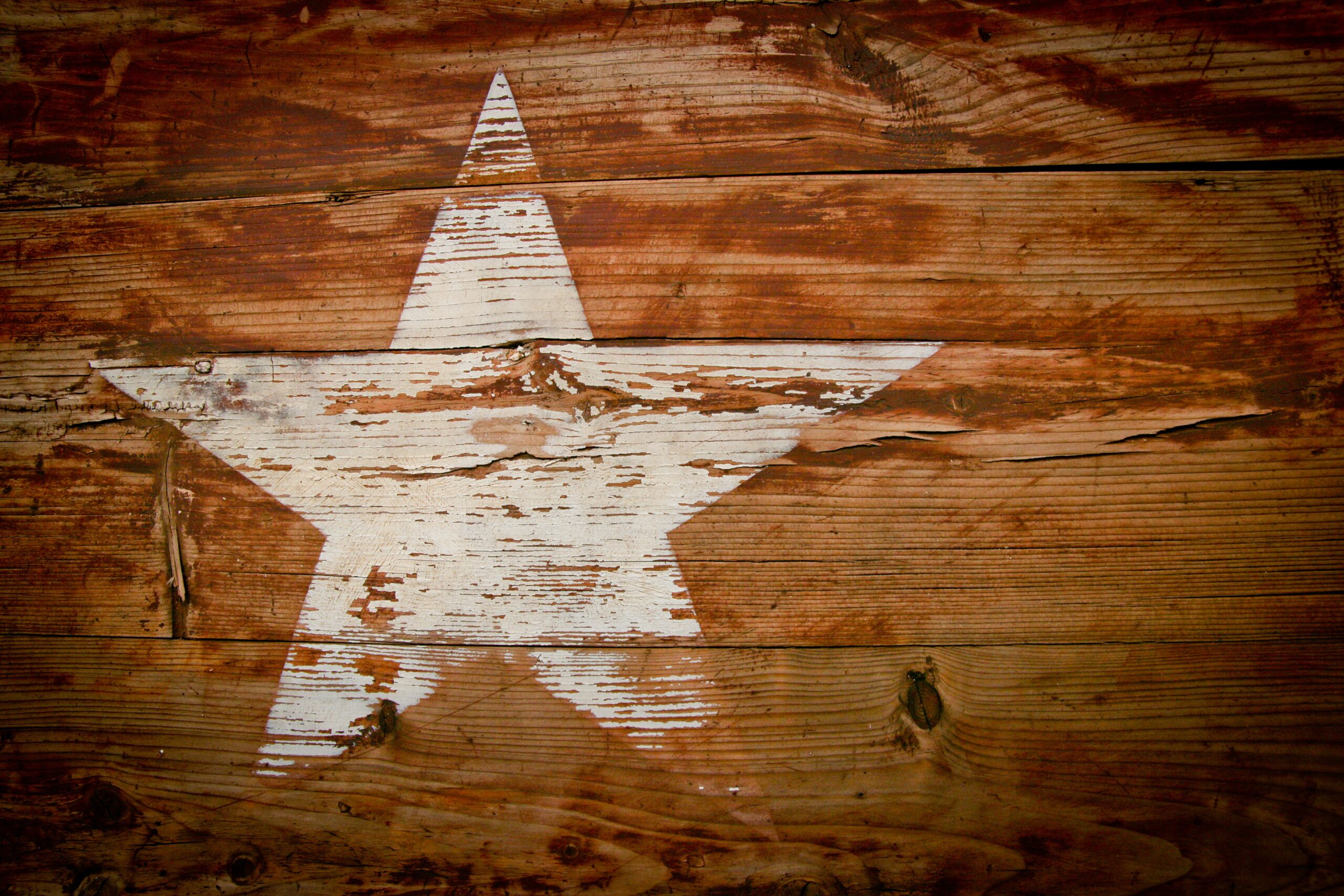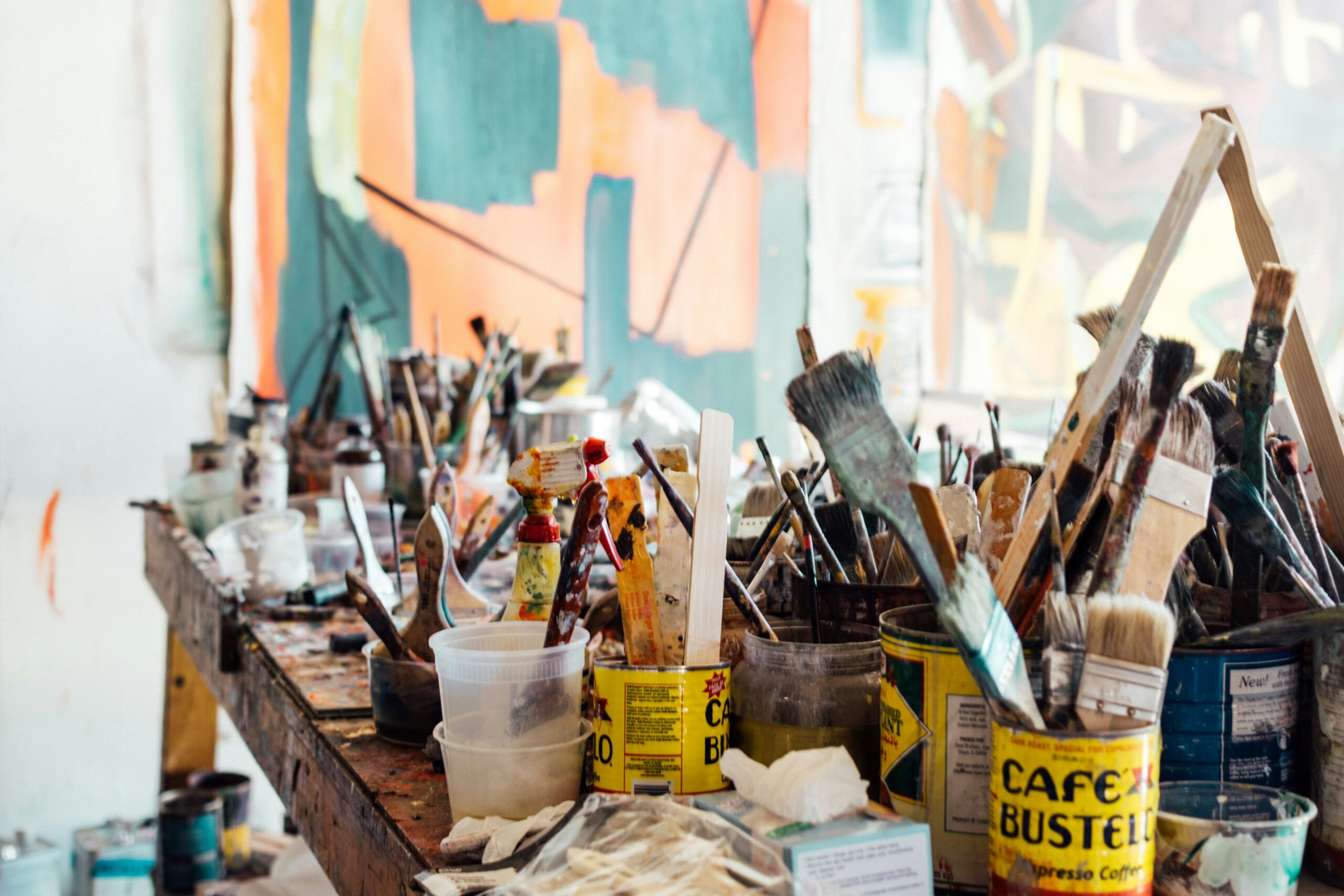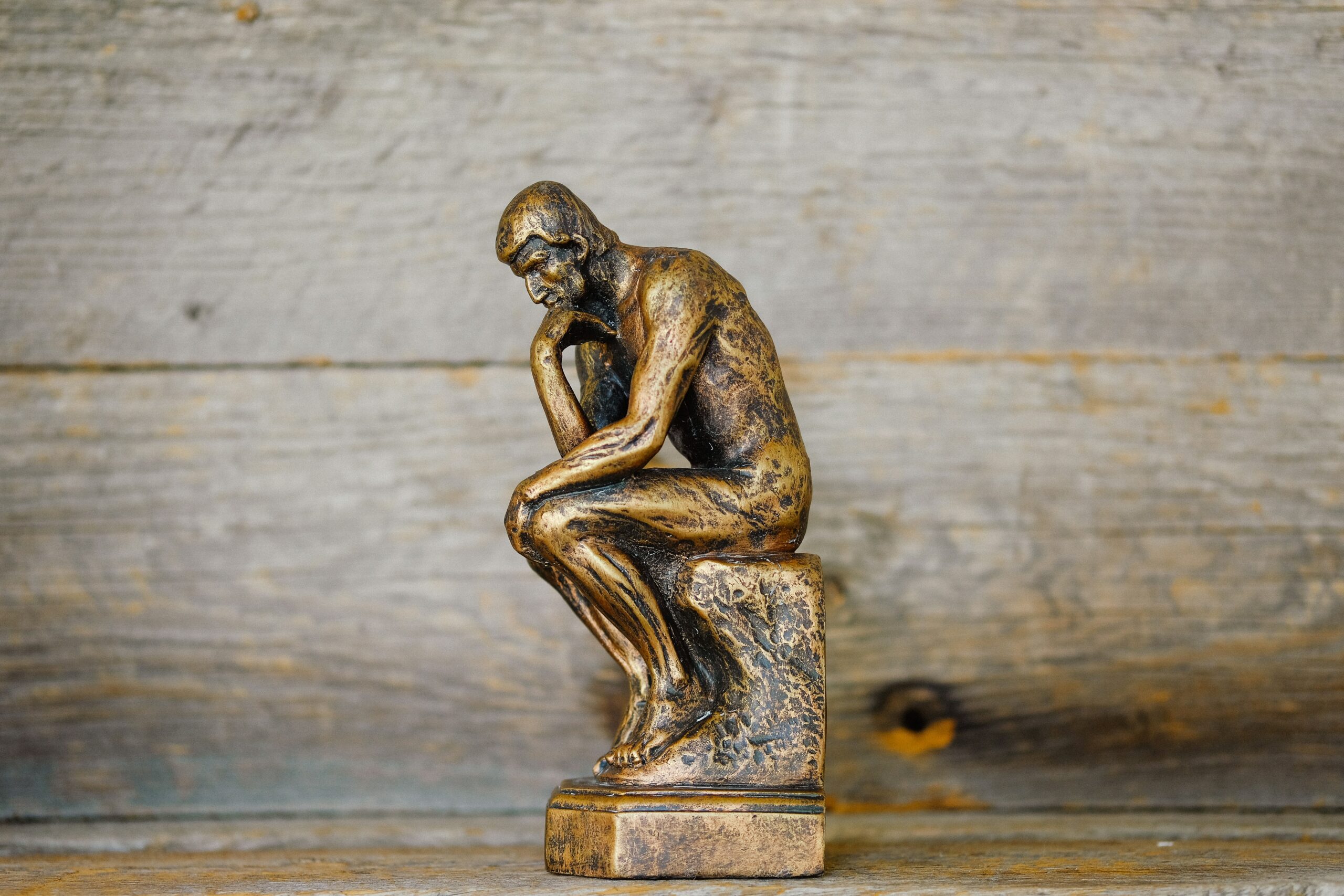On a quiet, snowy winter evening in the city of Dublin, just after the turn of the century, a horse-drawn carriage bearing revelers for the feast day of Epiphany clatters up to a modest, homey townhouse whose upper floors have already begun stirring in the darkness, like a beacon of storms. Lighted lamps stand outside, burning steadily and dotting the long snow-blanketed sidewalks; the high window-lights release into the flurries of the streets a quaint, fuzzy radiance that seems to beckon to those just arriving, hopping up the stairs with expectant laughter. The warmth of this bygone society is so quietly vigorous that one can feel it, emanating from an era that has long since dwindled, disappeared into the past, along with the many that lived in it.
This is the first scene of The Dead, a faithful adaptation of the last story of James Joyce’s Dubliners, a heartfelt and passionate project from the Huston family: John, who directed the film from a wheelchair as he was dying of lung disease; Anjelica, who played the sensitive, wistful Gretta Conroy as the one whose first love, from so long ago, recurs to her on this evening; and Tony, who wrote the adapted screenplay of the story, and retained the warm, gentle melancholy of the original story as James Joyce wrote it, while adding some deft touches that made it more capably cinematic. Their faithfulness to an Ireland that has passed is touching, and the death impinging on the director as he worked on the film imparts a strong, reflective melancholy suitable to a story in whose final scene a primary character, Gabriel Conroy, reflects himself on the nearness of the living to the dead.
This united front of a cinematic family, whose own ties to Ireland honor its people and their traditions, combines with a largely Irish cast as earnest as the Huston family, and none of them disappoints. It is a great ensemble, transferring James Joyce to the screen with few lapses, and even retaining his brand of naughty, ribald humor. But while its resounding success is notable and more than moving, The Dead is nonetheless imperfect; its final monologue, in voiceover, is delivered by the actor Donal McCann with a slow and beautiful, incantatory deliberateness, but its accompanying music is off-key and too intrusive—better in this case would have been silence, glorious, natural, attentive to the words. That the monologue is in voiceover at all is an admission of the film’s limitations, but these are inevitable, and “The Dead” was never suited to the cinema. Its resolute literary qualities are those of the page.
It is the Huston contribution, the earnest work of cast and crew, and the dying director that with care and glowing affection brought off this quiet, unpretentious glimpse of death and dying, that make The Dead so powerful, subtle, and sincere. Whatever could have been transferred from the story to the film appears in The Dead, without any marring of the material; and as a film, as a standalone work of the cinema, it offers what the story cannot: a visual experience with these actors, with their tics and foibles, running roughshod over the party’s niceties and so making the night glow with its humanness and fellowship. No work of literature can do that—it does other things, as different and moving as those of the cinema, but the pleasures of The Dead are its own. The Dead is different from “The Dead”, neither better nor worse, enriching in its own way, and essential to this one evening of Dublin in 1904, when the living and the dead commingle with the snowfall.


